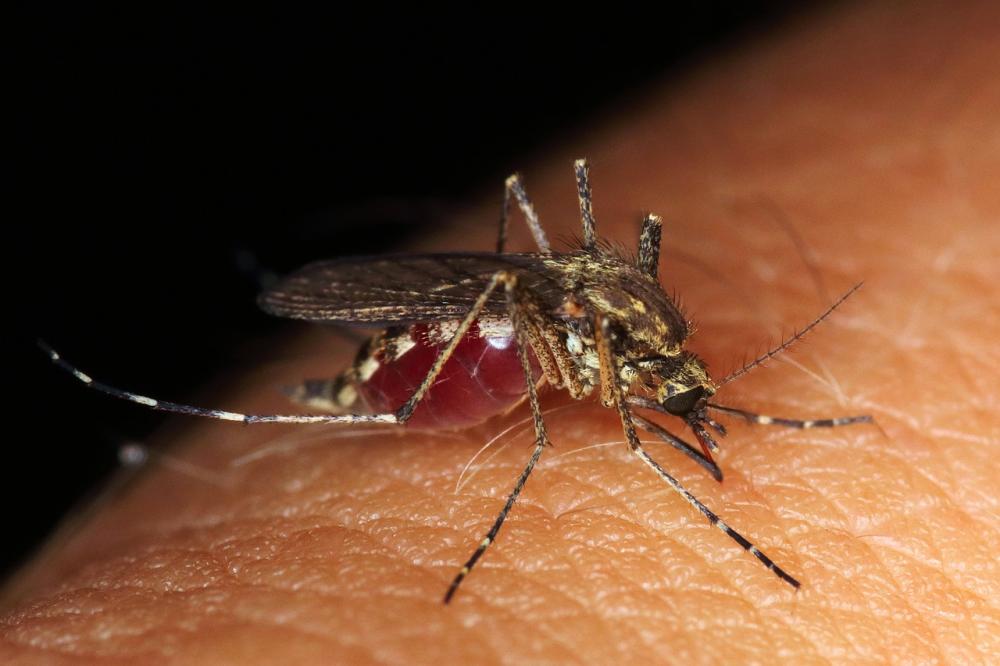On the trail of an emerging virus
July 10, 2023

Image by Pete from Pixabay
Researchers from the University of Minnesota along with collaborators from the University of Wisconsin-Madison developed a model to investigate the infection and progression of Spondweni virus (SPONV), the closest known relative of Zika virus (ZIKV). Their findings show that previous ZIKV infection provides protection from SPONV, suggesting that regions where significant outbreaks of ZIKV have occurred may be less likely to see outbreaks of SPONV.
Both ZIKV and SPONV belong to a family of mosquito-borne viruses (called flaviviruses) that have caused many large-scale epidemics in recent decades, including dengue virus, West Nile Virus, and yellow fever virus. As climate change increases the risk for broader spread of mosquito-borne illness, understanding the lesser-known viruses of this family is crucial for determining their potential to cause human disease on a global scale—particularly for viruses like SPONV, which has been detected in humans, animals, and mosquitos.
The researchers, led by Matthew Aliota, Associate Professor in CVM’s Department of Veterinary and Biomedical Sciences, previously found that SPONV may have features that make it a public health risk, including significant fetal harm during pregnancy. But because the previous studies used mouse models, key attributes of human infection could be missing from the existing picture.
For this study, the researchers successfully developed a non-human primate model and found that animals with ZIKV immunity also had protection against SPONV—though not the other way around. They speculate that if ZIKV immunity provides similarly robust protection against SPONV in humans, areas in the Americas that experienced significant ZIKV outbreaks, for example, may have population-level protection that has since limited SPONV establishment and spread even after known exposures.
Aliota describes, "It is pretty well established that there is cross-reactivity between immune responses to closely related flaviviruses. But we were surprised that the interaction only went one way. We are now trying to disentangle the underlying factors that drive these immune response asymmetries."
It’s not yet clear how long preexisting ZIKV immunity provides protection against SPONV. But the model that Aliota and his team have developed will enable future investigations into that question and many others around human immunity, disease spread—and potential interventions that could limit the devastating consequences of future outbreaks.
Read the full study in Science Advances.


